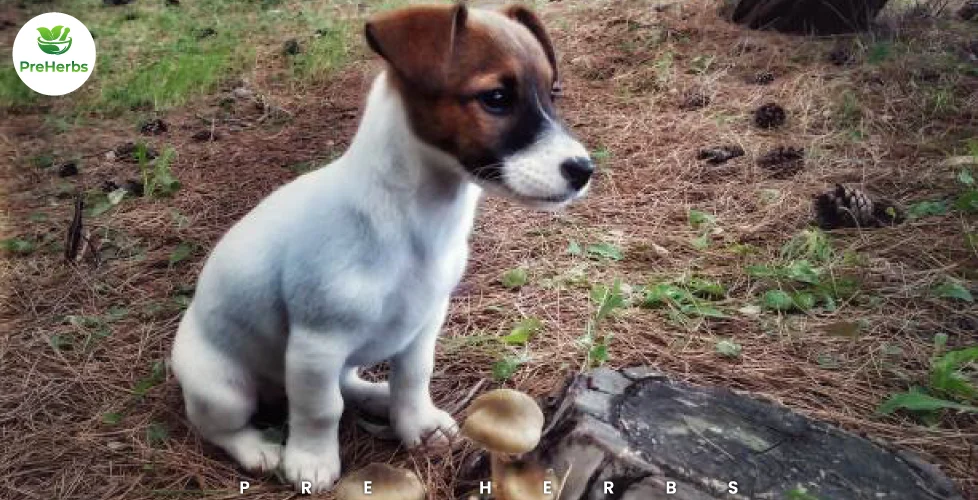Mushrooms, with their unique flavor and texture, are a versatile ingredient beloved by many. Whether you’re a culinary expert or a home cook, understanding how to store mushrooms properly can significantly impact their freshness and, ultimately, the taste of your dishes. This guide is dedicated to mushroom lovers who want to maximize the shelf life of their mushrooms and How Long Do Mushrooms Last in the Fridge?.
Understanding Mushrooms
Before diving into storage tips, it’s important to recognize that mushrooms aren’t like other vegetables. They’re fungi, which means their composition and the way they spoil differ. Mushrooms are naturally high in water content and have a porous structure, making them susceptible to becoming slimy or moldy if not stored correctly.
Related blog Top Picks for Nutrient-Rich Mushrooms: A Nutritionist’s Guide
How Long Do Mushrooms Last in the Fridge?
The shelf life of mushrooms in the refrigerator depends on several factors, including the type of mushroom, how fresh they were when purchased, and how they’re stored. As a general guideline:
- Whole, Fresh Mushrooms: Store-bought mushrooms can last between 7 and 10 days in the fridge. This timeframe applies to popular varieties such as button, cremini, and portobello mushrooms.
- Sliced Mushrooms: Once sliced, mushrooms have a shorter lifespan due to their increased exposure to air and moisture. Expect sliced mushrooms to last 5 to 7 days in the refrigerator.
- Cooked Mushrooms: If you have leftover cooked mushrooms, they will typically last in the fridge for up to 7 to 10 days. However, their optimal taste and texture are best within the first few days.
Tips for Storing Mushrooms in the Fridge
To extend the life of your mushrooms and maintain their quality, follow these storage tips:
- Avoid Washing Before Storing: Mushrooms absorb water quickly, which can speed up spoilage. Clean them gently with a damp cloth or brush instead of rinsing them under water.
- Use paper bags: Store mushrooms in a paper bag instead of plastic. The paper allows for air circulation and absorbs excess moisture, preventing them from becoming slimy.
- Don’t Seal Tightly: If using a container, avoid sealing it tightly. Letting air circulate can help reduce moisture buildup.
- Keep Them Whole: Slice mushrooms only before you plan to use them to reduce their exposure to air and moisture.
- Check Regularly: Inspect your mushrooms regularly and remove any that start to spoil to prevent the spread of mold to the rest.
Signs that Your Mushrooms Have Gone Bad
Even with the best care, mushrooms won’t last forever. Look out for these signs that your mushrooms have spoiled:
- Sliminess: Mushrooms starting to get slimy are on their way out. A slight sliminess might be remedied by cooking them immediately, but heavily slimy mushrooms should be discarded.
- Dark Spots: While some discoloration can be normal, dark spots usually indicate spoilage.
- Odor: Fresh mushrooms have a mild, earthy smell. Any sour or off-putting odors are a clear sign of spoilage.
- Mold: Any visible mold growth means it’s time to toss your mushrooms.
Related blog Navigating the Negative Effects of Portobello Mushrooms: Tips for Safe Consumption
Conclusion
Edible Mushrooms are a delicious and nutritious addition to many meals, but their shelf life in the fridge is limited. By following the proper storage tips and keeping an eye out for signs of spoilage, you can enjoy your mushrooms at their peak freshness and flavor. Remember, when in doubt, it’s better to err on the side of caution and dispose of any mushrooms that seem past their prime. Happy cooking!



